23km east of Unawatuna Bay Beach, the fishing town of Weligama (meaning sandy Village in Sinhalese) meanders around a broad & beautiful bay, dotted with rocky outcrops & fringed with fine golden sand. As you enter the charming small town of Weligama from Unawatuna, the road splits with one branch running along the coast, & the other running parallel through the town centre. Weligama is quiet yet attractive. A clutter of shops at the center trails off into lush streets of pretty gingerbread villas decorated with ornate wooden fretworks, peeking out from dense, green tropical gardens.
The bay's most prominent feature is the minuscule island of Taprobane, just offshore, virtually invisible under a thick covering of luxuriant trees. The island is known locally as Yakinnige duwa (She-devil's island) floats mysteriously on the gentle waters of the bay, looking as though it could up its anchor & skim off over the horizon if it felt so inclined. You can easily wade out at low tide.
The island was owned during the 1930s by the exiled French Count de Maunay, who built the exquisite white villa that still stands, its red tiled roof poking up through the streets; It looks like an ideal artist's or writers' retreat, which indeed it once was: novelist Paul Bowles wrote The Spider's House here in the 1950s.
The island was owned during the 1930s by the exiled French Count de Maunay, who built the exquisite white villa that still stands, its red tiled roof poking up through the streets; It looks like an ideal artist's or writers' retreat, which indeed it once was: novelist Paul Bowles wrote The Spider's House here in the 1950s.
At the western end of town, near the railway line, in a peaceful, small park, stands a large rock-carved figure probably sometime during the eighth or ninth centuries with a three-meter figure known as Kusta Raja (Leper King). He is supposed to have arrived in Sri Lanka afflicted with leprosy but was cured by drinking only thambili (the juice of the king coconut) for three months. If you've already tried one of these ambrosial drinks, you'll know that there's no need for encouragement from mythical kings to drink away.
The tradition prevailing among educated Sinhalese Buddhist is that the statue is that of God Natha, the Mahayana Bodhisattva Avlokitesvara or Samantabhadra. Ceylonese patriot Dr. Andress Nell (Influences of Indian Art In Ceylon) too identified the status as that of God Natha. The Sinhalese word Natha meaning lord is simply a shortened form of fuller epithet Lokeswara Natha. Senerath Paranavitana (1896-1972). Sri Lanka’s illustrious archeologist and epigraphist too confirm the identification of the status as that of Avlokitesvara Natha. He has recorded that the kingly attire, Dhyani Buddha Amitabha on the head-dress and the lotus held in the hand are definite indications of Bodhisattva Avalokita. One aspect of this Bodhisattva, that known as Simhanada Lokesvara is considered by Mahayanists to be the curer of all diseases and is particularly invoked to cure leprosy.
Weligama is well known for its stilt-fishermen, whose unique style of fishing involves casting their lines from a perch on a sturdy pole 20-50 meters out to sea. Nobody seems to know how or where this unusual technique originated, but it seems to work, as the stilts are passed on from generation to generation & jealously guarded.
source - http://www.mysrilankaholidays.com

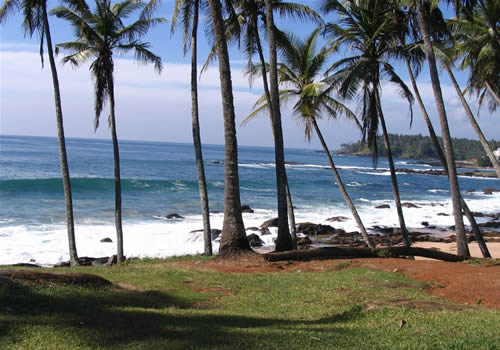
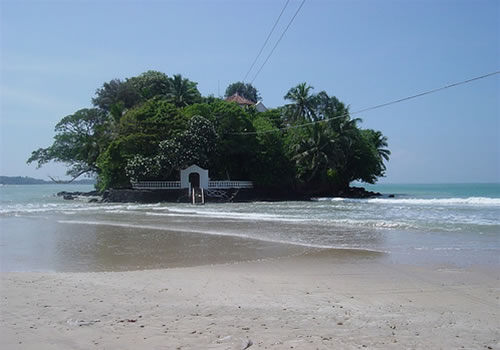
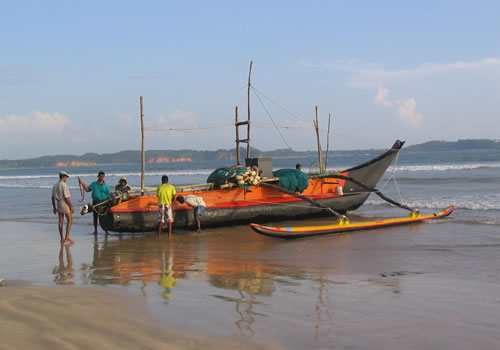
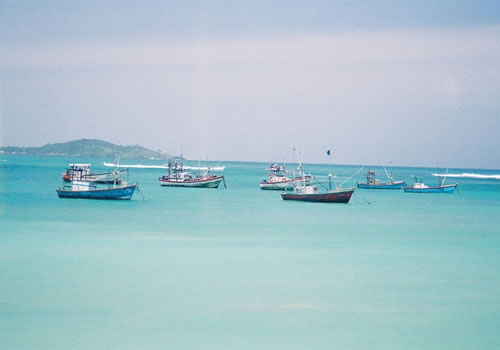
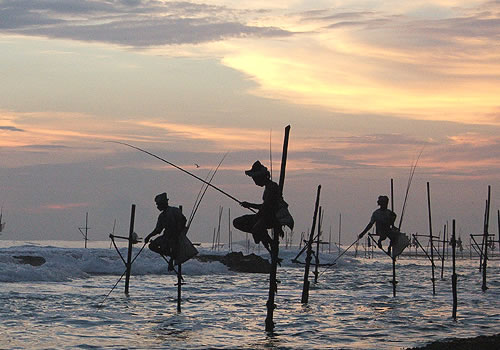
No comments:
Post a Comment